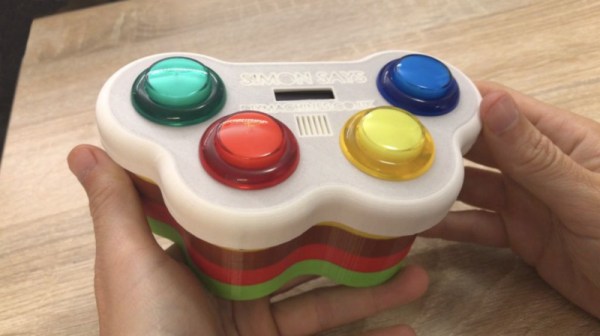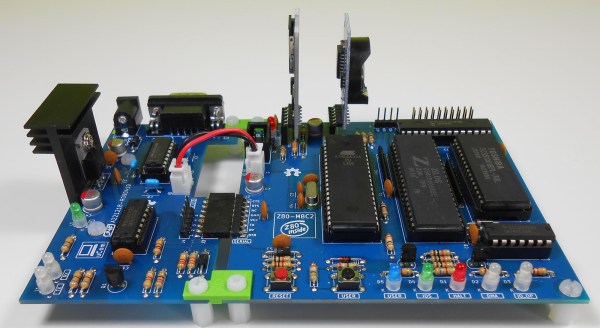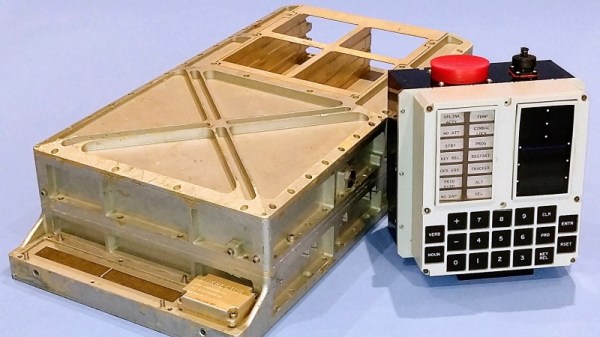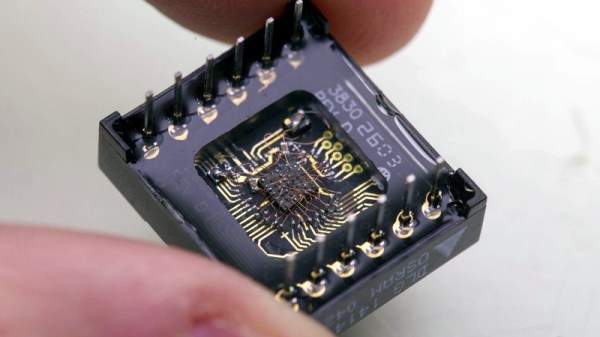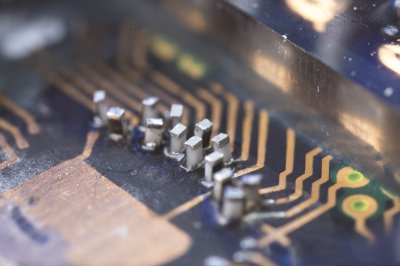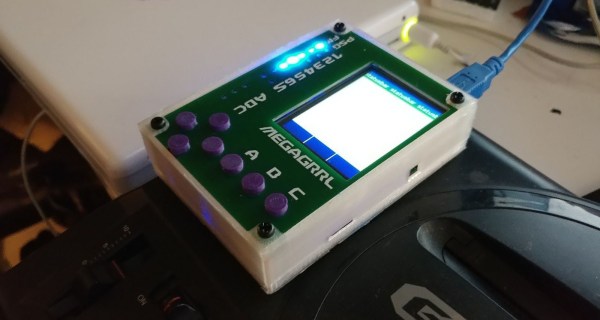Simon was a popular toy, launching at the very end of the 1970s, and cribbed from earlier work by Atari with their game Touch Me. The gameplay is simple, and while we suspect it won’t last quite as long as the several thousand years we’ve so far had chess, it’s still around today. [DIY Machines] decided to bust out the 3D printer and whip up their own version.
Simon has long served as a great test project to get to grips with various maker skills, and this build is no exception. An Arduino Nano runs the show, and gets an OLED display to display the current level. Large glowing arcade buttons serve as the control, with their lights flashed as per the original game. Sound is courtesy of a simple buzzer.
It’s a build that doesn’t do anything wild, but presents very well. This is down to the smoothly finished and nicely designed case, as well as the choice of quality human interface components. Everyone loves mashing arcade buttons, and that’s what they’re built for – so they’re always a safe choice.
We’ve seen a lot of straight-down-the-lines Simon projects, but this DDR-ified version is a fun twist on the standard form. Video after the break.

